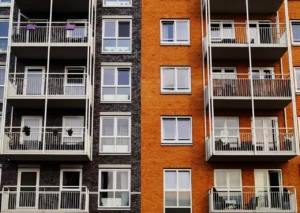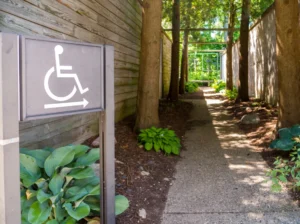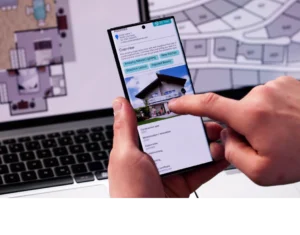
Hidden Infrastructure Choices Can Make or Break Multifamily Projects
Modular water treatment systems pave the way to occupancy
For apartment developers, it’s easy to focus on location, design, and amenities, but utility readiness is just as critical. Delays in water and wastewater infrastructure can stall occupancy and lower ROI. Today, modular treatment plants allow multifamily owners and developers to align infrastructure with leasing velocity, ensuring that projects stay on schedule and cash flows more quickly.
Multifamily apartment developments are booming across the country, but infrastructure often lags, stalling progress. Attention is naturally focused on key elements such as location, architecture, and resident amenities. Yet while modern interiors and a gym or pool can certainly set a property apart, no matter the location or how stylish the finishes, occupancy can’t begin without reliable water and wastewater treatment services.
Given these stakes, forward-thinking developers are increasingly rethinking how utilities are delivered. By moving away from slow, centralized systems and embracing decentralized, modular plants, they gain a competitive edge. Not only can projects meet timelines with greater certainty, but they also position themselves for long-term resilience — from handling drought restrictions to meeting stricter nutrient regulations. Utility strategy has become a defining factor in whether a community thrives or stalls.
If tenants can’t turn on the tap, run a shower, or flush toilets, they can’t move in. For developers and owners, that means delayed leasing, slower rent roll, and a weakened ROI.
Infrastructure Delays and Their Financial Impact
Without reliable utilities in place, the financial consequences are immediate and significant. This is the sobering reality developers often face. Traditional, centralized water and wastewater treatment plants typically take years to plan, permit, and build, so housing projects halt while developers wait for utilities to catch up. Every month that goes by is a month without occupancy, meaning there’s no rental income to offset carrying costs, but property taxes, loan interest, insurance, and site maintenance expenses continue to accumulate.
Temporary solutions, such as septic systems, may be an option for single household use, but because of environmental risks and long-term sustainability concerns, they are rarely permitted at the scale required for multifamily projects. Developers are left at the mercy of municipalities as they wait for utilities to catch up. Or are they?
Smarter Utility Options
The good news is that developers of multifamily projects are increasingly turning to modular, decentralized treatment systems to keep their projects on schedule and get cash flowing sooner. Unlike centralized projects, which can take years to complete, factory-built modular treatment plants can be deployed within a few weeks or months. This enables infrastructure delivery to keep pace with construction, ensuring that water and wastewater utilities are ready when apartments are complete.
Another key advantage of decentralized, modular systems is their scalability. Instead of building huge capacity that may not be fully used in the short term, developers can start small and add modules to increase capacity as occupancy and demand grow.
While decentralized, modular systems are smaller than their centralized counterparts, they do not compromise on quality and are designed for long-term reliability and compliance. These systems often incorporate advanced treatment technologies that produce exceptionally high-quality water that meets or exceeds even the most stringent regulatory standards, minimizing environmental impact and facilitating water reuse.
Leasing as a Financial Strategy
The delivery of water and wastewater infrastructure traditionally has required a large upfront capital investment. Leasing modular treatment systems allows developers to get the infrastructure they need without tying up millions at the start — money that could be used in other areas of the project.
Leasing models, where developers or communities lease a water or wastewater treatment system, allow for the deployment of modular treatment plants quickly, without the burden of large upfront capital expenditures. Instead, developers pay a fixed fee for the leased plant. This allows predictable monthly payments that align with rental income. This approach not only eases the financial strain on developers but also keeps projects moving without waiting for utility financing or municipal timelines.
Infrastructure Is as Critical as Amenities
For developers and apartment owners alike, infrastructure is every bit as essential as location, finishes, and amenities. While those features may be hot selling points, without water and wastewater treatment in place, even the most beautifully designed apartment building is an empty shell.
Ultimately, the same attention given to finishes and amenities must also be applied to hidden infrastructure.
In today’s high-demand housing market, hidden infrastructure choices can either hold back your investment or accelerate it. By choosing modular treatment systems financed through flexible leasing models, developers can protect cash flow, support steady growth, and ensure that water and wastewater service never becomes a roadblock.













 Accessibility
Accessibility